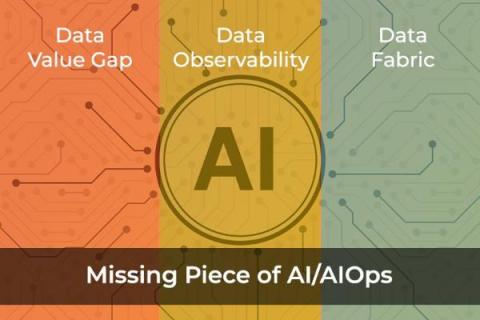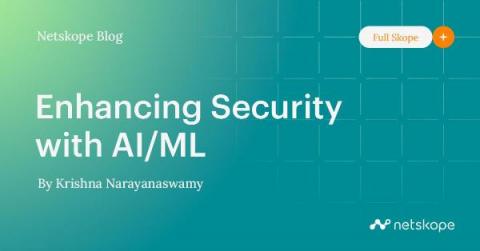Artificial Intelligence, a new chapter for Cybersecurity?
Artificial Intelligence (AI) is a trending topic for many industries now. A variety of organizations currently employ AI mechanisms to support their operational functions. Automated tasks, natural language processing, deep learning, and problem-solving; such AI characteristics have made business tasks much easier. The factor of security in AI is largely overlooked, and with the increasing number of cyber threats and attacks, AI security serves as a crucial element that should be paid attention to.











